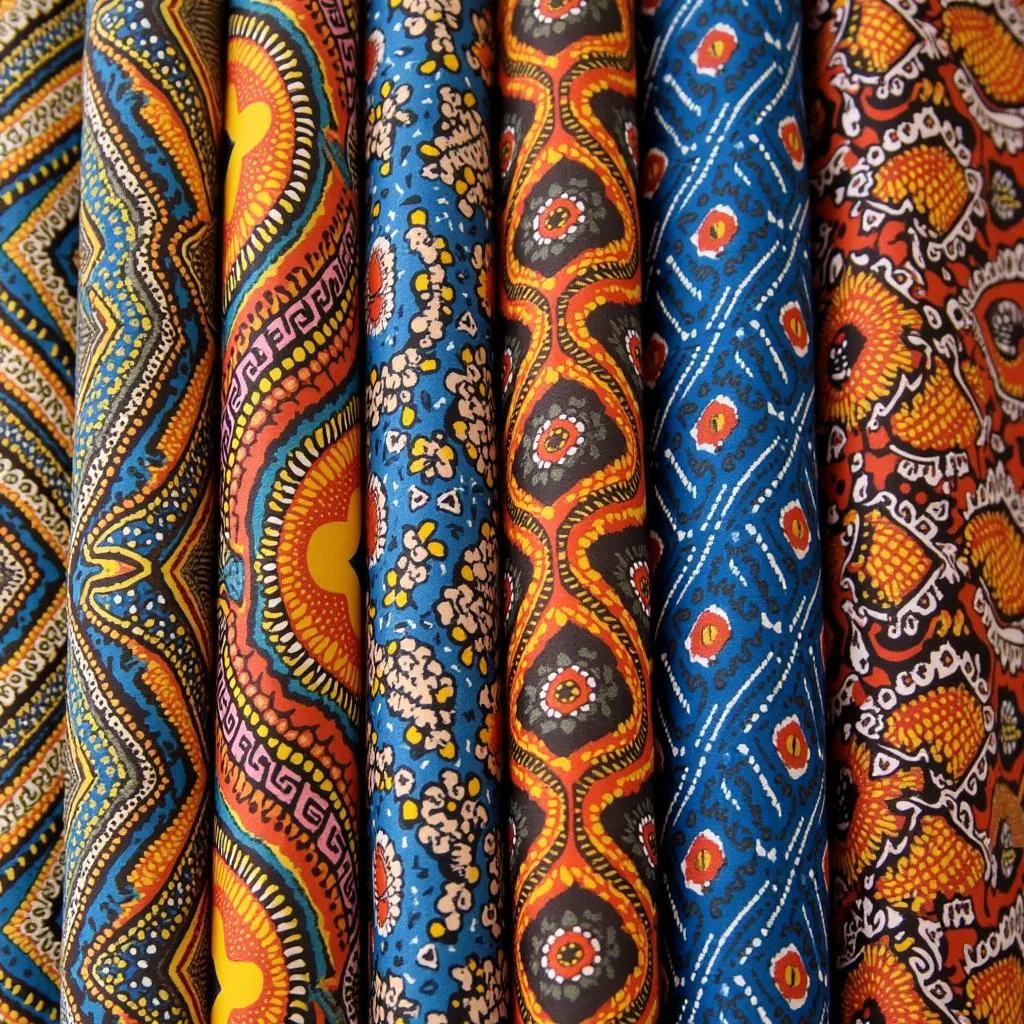African Countries Capital and Currency PDF: Your Complete Guide
Navigating the diverse landscape of Africa often involves understanding its individual nations, each with its own unique capital city and currency. Whether you’re a seasoned traveler, a curious mind, or a business enthusiast, having a handy reference for “African Countries Capital And Currency Pdf” can be invaluable.
Unveiling Africa’s Capitals and Currencies
This comprehensive guide dives deep into the heart of Africa, providing a detailed look at each country’s capital city and currency. Beyond just a list, we’ll uncover interesting facts and insights about each location, offering a glimpse into the continent’s rich tapestry of cultures and economies.
Exploring North Africa: Where History Meets Modernity
Our journey begins in North Africa, a region renowned for its ancient civilizations, stunning desert landscapes, and vibrant cultures.
- Algeria: Algiers, the capital, sits on the Mediterranean coast and boasts stunning Ottoman-era architecture. The Algerian dinar (DZD) serves as the national currency.
- Egypt: Cairo, the bustling capital, is home to the iconic pyramids of Giza. The Egyptian pound (EGP) is the official currency.
- Morocco: Rabat, the coastal capital, blends history and modernity. The Moroccan dirham (MAD) is used for transactions.
Venturing into West Africa: A Tapestry of Cultures and Currencies
West Africa welcomes us with its warm hospitality, colorful markets, and diverse cultures.
- Ghana: Accra, the vibrant capital, is known for its lively markets and colonial-era buildings. The Ghanaian cedi (GHS) is the official currency.
- Nigeria: Abuja, a planned city, serves as the capital. The Nigerian naira (NGN) is the national currency.
- Senegal: Dakar, situated on the Cap-Vert peninsula, is the westernmost city on the African mainland. The West African CFA franc (XOF) is used.
Navigating East Africa: A Safari Through Capitals and Currencies
East Africa is synonymous with breathtaking wildlife, stunning landscapes, and a rich cultural heritage.
- Kenya: Nairobi, known as the “Green City in the Sun,” is a major economic hub. The Kenyan shilling (KES) is the official currency.
- Tanzania: Dodoma serves as the capital, while Dar es Salaam is the largest city. The Tanzanian shilling (TZS) is the national currency.
- Uganda: Kampala, located near Lake Victoria, is known for its vibrant culture. The Ugandan shilling (UGX) is the official currency.
Delving into Central Africa: Unveiling Capitals in the Heart of the Continent
Central Africa is characterized by dense rainforests, diverse wildlife, and a rich cultural tapestry.
- Democratic Republic of Congo: Kinshasa, located on the Congo River, is the capital. The Congolese franc (CDF) is the official currency.
- Cameroon: Yaoundé, nestled in the country’s highlands, is known for its cultural attractions. The Central African CFA franc (XAF) is used.
Traversing Southern Africa: Capitals and Currencies of a Diverse Region
Southern Africa offers a blend of modern cities, stunning natural beauty, and a rich history.
- South Africa: Pretoria, Bloemfontein, and Cape Town serve as the country’s three capitals. The South African rand (ZAR) is the national currency.
- Botswana: Gaborone, a modern city, is known for its diamond trade. The Botswana pula (BWP) is the official currency.
Your African Adventure Awaits
This journey through the capitals and currencies of Africa is just a glimpse into the continent’s incredible diversity. Each country offers a unique experience, waiting to be discovered.
FAQs about African Capitals and Currencies
1. What is the most widely spoken language in African capitals?
While each country has its official languages, English, French, Arabic, and Portuguese are widely spoken in many capital cities, often serving as languages of commerce and administration.
2. Which African currency is pegged to the euro?
Several African currencies are pegged to the euro, including the West African CFA franc (XOF) and the Central African CFA franc (XAF).
3. What is the best time to visit East African capitals for wildlife viewing?
The dry seasons, typically from June to October and January to February, offer excellent wildlife viewing opportunities in East African countries like Kenya and Tanzania.
4. Are credit cards widely accepted in African capitals?
Credit card acceptance varies across African capitals. Major hotels, restaurants, and shops in larger cities generally accept credit cards, but it’s always advisable to carry local currency for smaller establishments and local markets.
5. What are some must-visit cultural attractions in West African capitals?
West Africa is rich in cultural attractions. In Ghana, the National Museum in Accra offers insights into the country’s history. In Senegal, the IFAN Museum of African Arts in Dakar showcases a remarkable collection of West African art.
6. Are there any visa-free African countries for tourists?
Visa requirements vary depending on your nationality. Several African countries offer visa-free entry or visa-on-arrival options for tourists from certain countries. It’s essential to check the specific visa regulations for your nationality before traveling.
7. What are some essential items to pack for a trip to an African capital?
Packing essentials vary depending on your destination and the time of year. However, it’s always advisable to pack light, breathable clothing, comfortable walking shoes, sunscreen, insect repellent, a hat, sunglasses, and a reusable water bottle.
We encourage you to explore further and discover the captivating allure of each African nation. For any assistance planning your African adventure, feel free to reach out to us. Contact us at +255768904061 or kaka.mag@gmail.com or visit our office at Mbarali DC Mawindi, Kangaga, Tanzania. Our dedicated team is available 24/7 to assist you.


